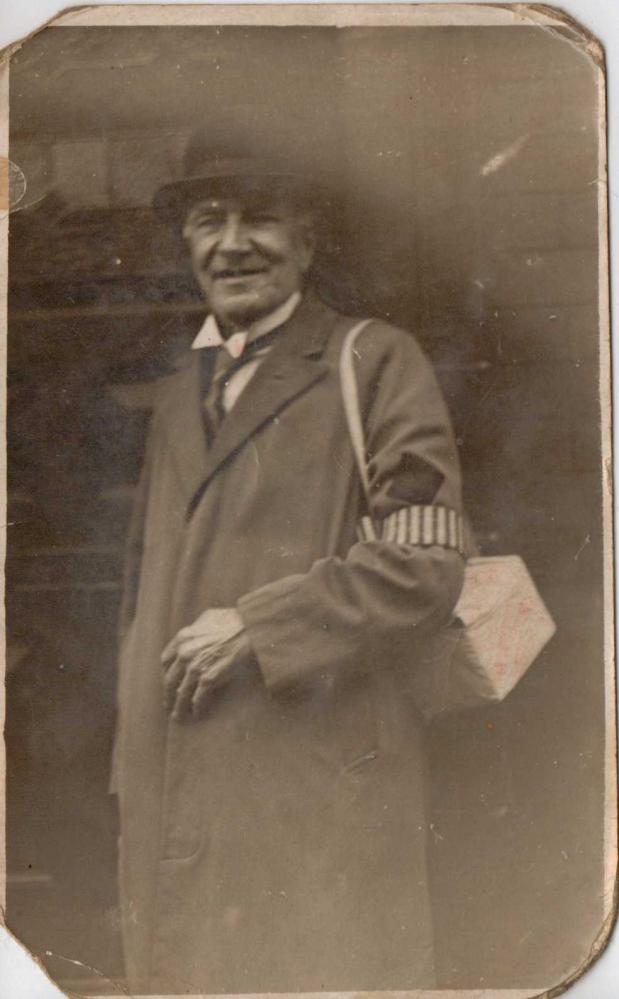Wigan Album
WORLD WAR 2
6 Comments
Photo: Harry Gardner
Item #: 18010
We dont know much about this photo or exactly where it was taken but apparantly the local defence volunteers etc used to have a base in the mount zion church at the top of enfield street pemberton & also had a firewatch post on highfield church tower.
Walter lived well into his late 90s,dying peacefully in his sleep & is now buried in highfield churchyard pemberton.
Does anyone know what the armband is for?
It's a duty armband worn when out on duty. The police used to wear them years ago too.
Great photo. Great that Walter had such a long life, good on him, he was doing his bit for the country.
i think the black patch was worn by people in mourning
My Dad used to say LDV stood for Look, Duck and Vanish! However, it was only said in fun as he was a member of the Home Guard himself. When my Brother died I had to empty the house, and I found my Dad's Home Guard certificate, which I had never seen, but now it is proudly framed and on my wall.
The arm band,,, in the police did it denote being a special constable ??
"The Duty armband was worn on the uniforms of the British Police from 1830 to 1968.
All uniformed Constables and Sergeants were required to wear the armband on the left forearm sleeve of the tunic, signifying that the officers were on duty as the practice was introduced when police officers wore their uniforms at all times. The armband consisted of blue and white vertically striped cloth and between 1835 and 1864, Sergeants were required to wear a narrower version on the right forearm as a badge of rank. Constables and Sergeants attached to Road Policing Unit's were exempt from wearing the armlet due to the risk of catching it on an indicator arm.
During the First World War, Special Constables were widely used by police forces to relieve the regular service. From 1910 to the end of the war, Specials were not usually issued with uniforms, but were instead expected to wear an armband just above the elbow of the left arm displaying their identification number and rank. For a short time, Special Sergeants and Inspectors were required to wear a second amband on their right arm to indicate rank."